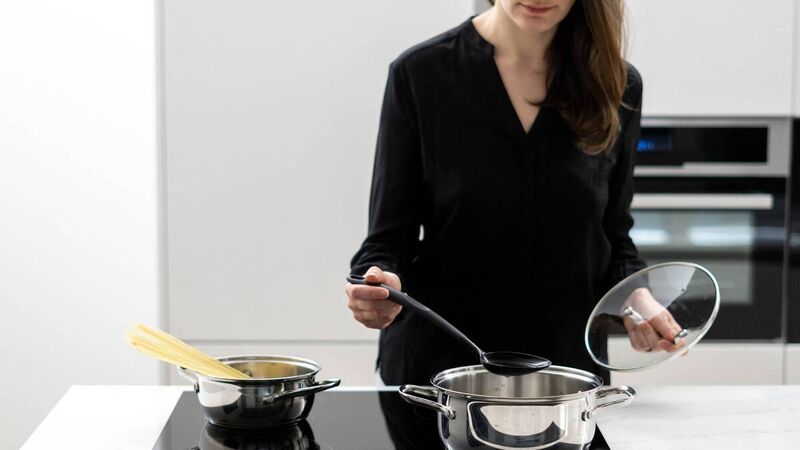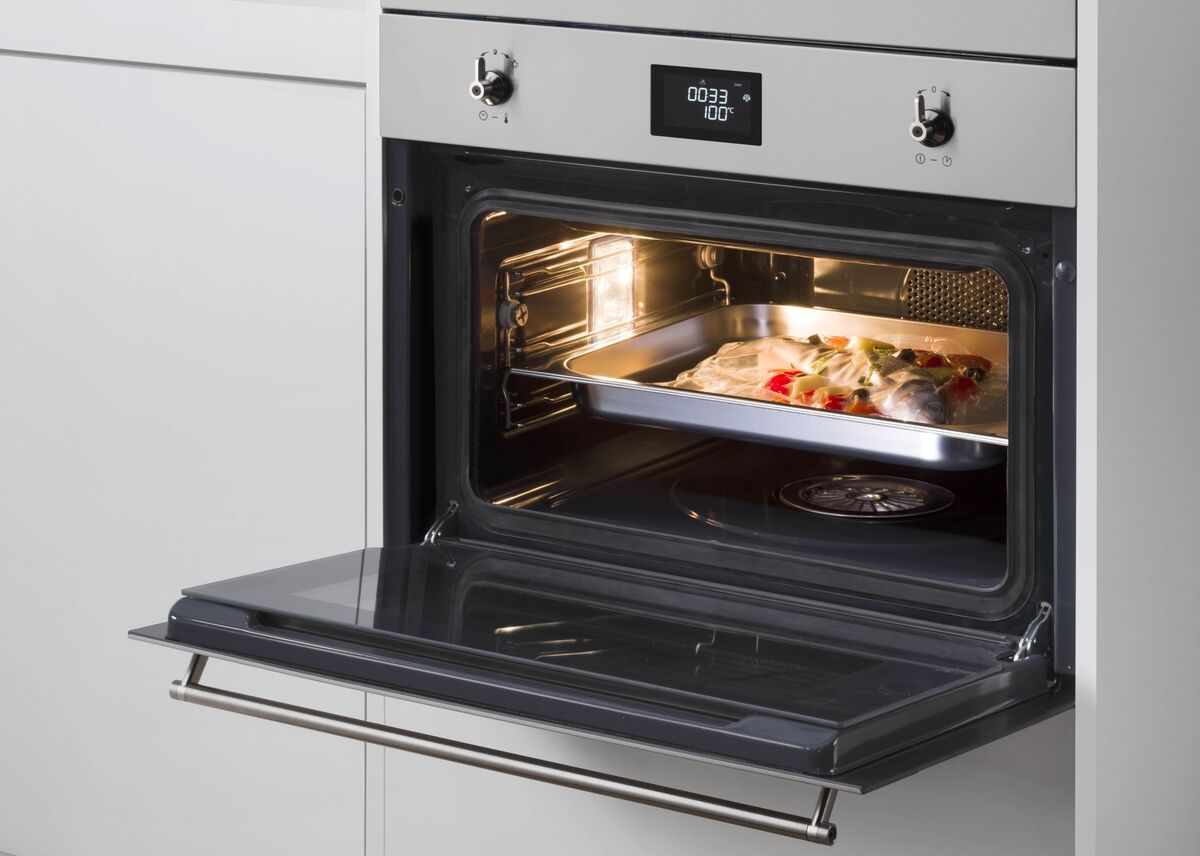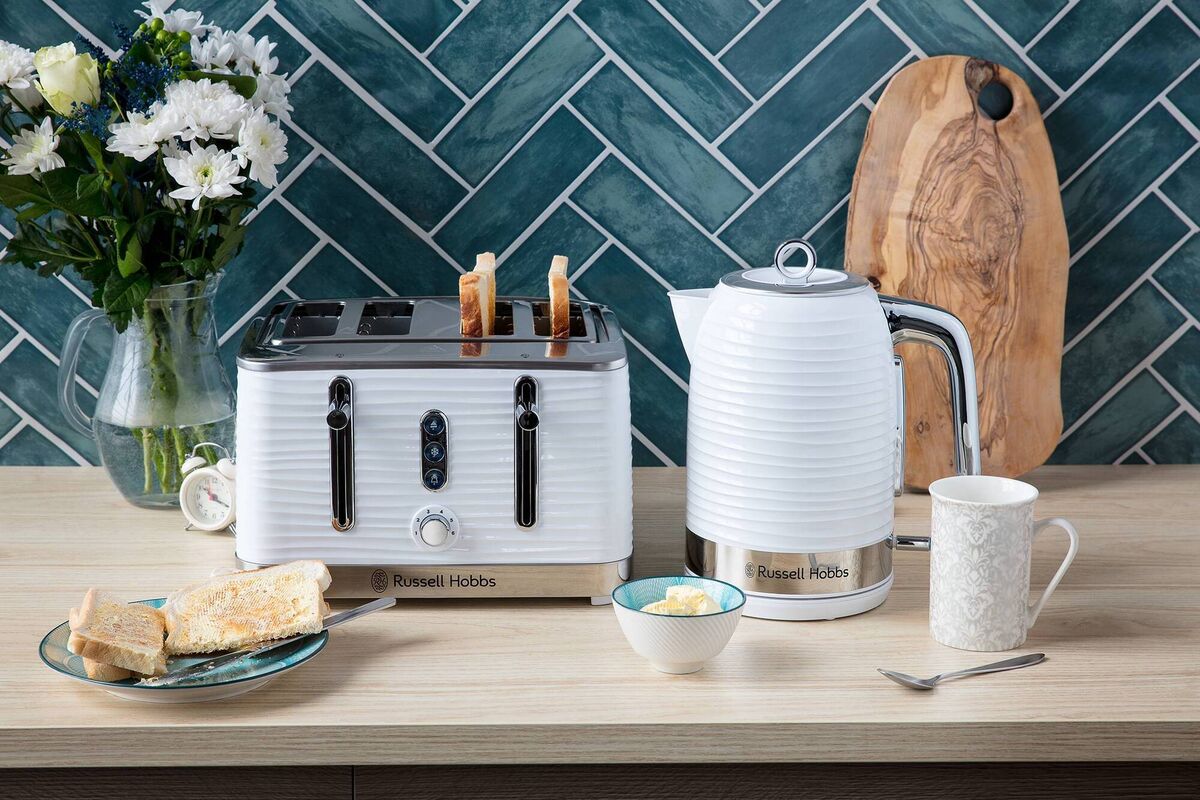How to save money and energy in your kitchen

Induction cooking is as much as 60% more efficient on a hob than gas cooking. Keep in mind you will need ferrous pans to make the system work. The cool top is safer around children too. Picture: iStock
Cooking is not something we can easily portion down, but there are a few tasty tricks you can deploy to trim the fat from your power and gas bill. The first thing is simple awareness.
For a power demand that’s tolerable and expected rather than a sour surprise, develop an understanding of the running costs inherent with each appliance you plug-in or ignite in the kitchen, and how it’s best used to provide economical, delicious results.
Where there are power-saving modes, chances are they are outlined in the instruction manual — or perhaps in a PDF.
Heating a large cavity with electric elements to high temperatures — often over lengthy periods — ovens are expensive to operate.
I’m going to use the running costs for a typical fan assisted oven, at 2.5kWh, or 2.5kW per hour (that oven would be rated as 2,500w).
So if you’re making a long slow roast for say an hour-and-a-half, you can expect to use in the area of 3.75kWh before you fire up the stovetop to use the rings, etc.
It would be easy to reach 6kWh units of electricity preparing one meal.
A slow cooker can deliver a large family meal for 1.3kWh or in some cases even less.
The advantages of a long slow, gentle cook, don’t end there, as slow cooking preserves many nutrients in the food lost through searing temperatures.
We use around 3%-5% of our power for cooking. However, as many non-fan assisted overs come in at 3,000w-5,000w, wattage is not something you should skim over when examining litres and looks.
Still, let’s venture a cost of discounted peak power of 35 cent per kWh of electricity — that’s €2.10 for that 2,500w fan-assisted meal.
Now, we all have to live our lives, and no one is suggesting you kibosh the succulent lamb dinner everyone has looked forward to, but there are ways to make the use of your cooker on every other day a little more efficient and considered.
First of all when buying an oven buy a cavity size and wattage suited to your needs that carries the highest energy efficiency award you can afford.
A is the top with the new appliance ratings applied by the EU since April of last year. An A-plus model will be from last year (early last year). It won’t be any better or worse than today’s A, it’s just on the old rating.
A good energy rating means that the electricity being used by the appliance is well insulated to stay in the housing, and is likely balanced within the whole volume of the cavity (to use every shelf efficiently). Generally, an A-rated oven has triple glazing as standard.

A high power rating doesn’t automatically mean a cooker is super cheap to run. It’s a measure of its efficiency for its size category only.
Still, kilowatts are not the only measure of a cooker or a hob.
Fan assisted ovens are not villainous pieces of equipment, and circulating the heat in the cavity, they actually reduce cooking times; bigger ovens, with a fan, are more expensive to run per hour.
Your habits and handling of the oven and any stove top will dictate just how efficient it can be, and many of us have a scant knowledge of the instructions to run this and many other of our key appliances.
Before you invest in an oil-fired super range, you might want to consider the less than palatable truth.
According to fuel consumption figures published by Aga, a four-oven traditional oil-fired Aga consumes about 2,650 litres of oil each year for cooking duty alone; that’s €4,000 if we price kerosene at a modest €1.50 per litre.
Investigate Aga’s much more credible and equally lovely natural gas and fast, reactive, electric models, which operate at half this running cost.
Any oven creating a lot of background heat, should be investigated to ensure its properly sealed and insulated.
- Consider recipes that cut down on or eliminate the use of your oven for long cooking times at high temperatures. Reserve your oven for high days, holidays and weekends to celebrate that baking and roasting;
- Use the entire cavity and cook as much food as possible at once. Batch cooking, and finding recipes that use the whole oven rather than winging servings between rings and the oven, are a real money saver;
- When the oven is warm already, it’s worth using it again for something quick to freeze or use up tomorrow;
- Keep the oven door closed during cooking — sneaking a peek you’re simply making the process harder as the oven has to make incremental additions in split kWhs to work; integrated oven cameras are featured on pricey ovens from makers including Miele;
- Every time you lift the lid on a slow cooker, you add around 15 minutes to the cook time;
- Pyrolytic cleaning cycles take the oven up to as high as 500C — expensive if you’re a mucky pup running the clean once a week. Try cleaning it regularly and manually instead;
- Defrost food before cooking where possible. Not every processed food allows for this — but an ice block in the oven takes up a lot more power;
- If the recipe doesn’t call for a preheated oven, don’t preheat, and when it does, be ready to insert the food into the cavity right away. Set an audible alarm if that’s possible;
- Fan assistance can cut cooking times down significantly — don’t opt out when cooking a longer recipe;
- Parboil vegetables to shorten the time they take to roast;
- When making meals that take hours, turn the oven off for the final 10 minutes. A well-insulated oven will take quite a while to cool. If your kitchen is warmed significantly when your oven is running it’s likely to be highly inefficient;
- If you’re cooking on an oil-fired cooker, try branching out into electric slow cooking and smart countertop devices that don’t demand you turn on the kerosene swallowing monster every day, especially over the summer.
The stovetop is an everyday servant, but you can help it deliver the same performance while dishing up less watts per meal.
Match your pan size and material to the ring size — this reduces wastage to the air, and where possible seal the ingredients or water under a lid to speed heating.
Some pans work better on conductive electric rings, while others sing with the reactive, fast nature of gas with its precision control.
In hobs, electric rings are more efficient at point of use than a gas flame — but gas an open flame, produces more ambient heat in the kitchen than electricity.
Connecting directly to a dedicated pan through electromagnetism, induction hobs are top performers for heating volumes of liquid and foodstuffs in the pan.

Induction outstrips both conventional electric rings and gas stovetops. Consumer group Which reports that to boil the same large pan of water, a gas hob took 9.69 minutes, an electric ceramic hob took 7.47 minutes, while the induction hob sped home at 4.81 minutes (which.co.uk).
The less tasty news is that you will in all likelihood have to spring not only for an expensive induction hob, but a matching set of conductive pans.
Keep the rings and the bottom of the pans clean to ensure your power goes straight into the vessel unimpeded.
Toasting, including the use of toaster bags for toasted sandwiches beats the expense of grilling.
Consider a slow cooker or one of the new family of countertop pressure-cookers over a full, traditional oven or stovetop for curries, soups and stews.
Slow cookers offer succulent meals ready when you get home, for as little as 200w.
Don’t mix them up with microwaves or multi-cookers, as they haven’t changed a great deal bar allowing you in some instances to brown meat before dialling down the watts for a four- to six-hour run.
New products like the NINJA Foodi multi-cooker range look very similar to a stovetop pressure cooker, but can run as high as 1,000w depending on the function which can include steaming, air-frying, dehydration, conventional roasting, sous-vide, pressure cooking and slow settings. Priced from €209.99 for a 6l model.













